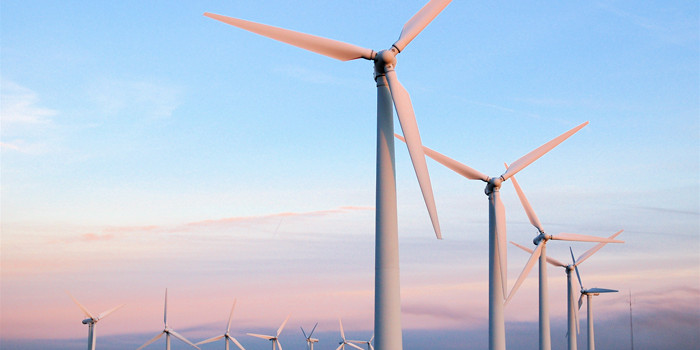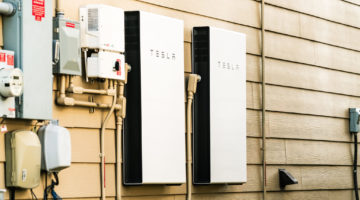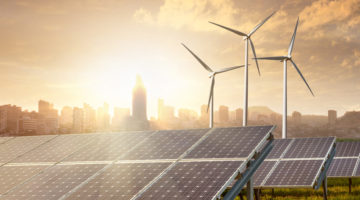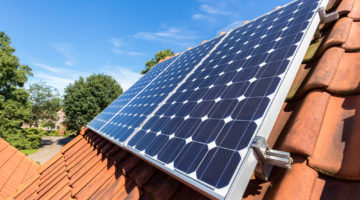
The Feed-in Tariff is closing to new applications on the 1st April 2019. All applications for new installations wishing to receive the subsidy need to be confirmed before that date.
The commercial Feed-in Tariff lets businesses and other commercial organisations make a financial return on installed renewable electricity-generating technologies.
The Feed-in tariff is comprised of two parts. The first is the generation tariff which pays a set amount for every kWh of electricity produced regardless whether it is used in the building or exported back to the grid.
The second part of the Feed-in tariff is known as the export tariff, and this is a payment made for every kWh of electricity exported back to the electricity grid. This is fixed each year and is the same for every technology.
Tariff Rates
Each technology has varying Feed-in tariff rates depending on the size and type of installation. Details of these can be found here.
Each ‘tier’ for size of system is a step change, so a wind system of 499kW will create almost twice the tariff income as a 501kW system. This means it is imperative to choose the right system for your business.The lifespan of the feed-in tariff for all the technologies is 20 years. Only the solar PV generation tariff is impacted by the energy rating of the property, and not the export tariff.
Metering
For systems under 30kW
You could have up to 3 meters associated with your property after your system is fitted – An import, export and generation meter. The import meter is simply your current electric meter, measuring the energy you use. The generation meter is fitted as standard to measure what your system is generating. The export meter is an optional additional meter which measures what you export back to the grid.
A decided advantage for those companies that use a lot of the energy they generate is that the export tariff, when a meter isn’t present, is based on an export rate of 50% of the energy you produce. So whether you use 80% of the energy you produce or 20%, the government will assume you export 50%. It is therefore in your best interest to use as much of the energy you generate as possible, as this avoids having to buy expensive grid electricity, and you will get the export tariff anyway.
In the future, smart metering will make measuring your exported electricity much more practical, and at that point, this export rate could change. For those businesses that feel they are exporting more than 50%, you are entitled to install an export meter, at a cost, which will allow a precise export tariff to be paid to you. For the most part, this will not be advantageous to you as the vast majority will be using more than 50%.
For systems over 30kW
If you have a larger system, you will have to install an export meter as a matter of cause. You will be paid for precisely the energy you export to the grid.
Accreditation
In order to claim the FiT your system will have to be accredited in one of two ways:
- Installations for PV and Wind installations which have a Declared Net Capacity up to and including 50kW (microgenerators) and micro CHP installations with a Declared Net Capacity up to and including 2kW need to get MCS accredited installation. Applications should be submitted to a FIT Licensee for accreditation – something your installer will be able to arrange for you.
- Solar PV and Wind installations which have a Declared Net Capacity greater than 50kW and up to and including 5MW and all anaerobic digestion and hydro installations up to and including 5MW need to apply for ROO-FIT accreditation. You can do this via the Ofgem website.
How to Apply
You can apply for the Feed in Tariff scheme through the Ofgem website here.
Feed-in Tariff Closing
The Feed-in Tariff has been pulled by the UK government and will be closing to new applications on the 1st April 2019. All applications for new installations wishing to receive the subsidy need to be confirmed before that date.
It will not replaced by any similar government scheme until at least 2025.












No Comments yet! Be the first one.